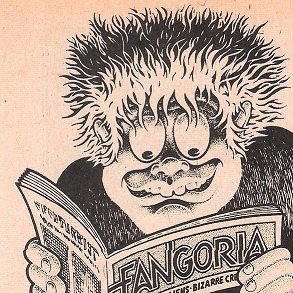THE FANGO FILES: Issue #10 - Faeries And Robots Vs. Scanners And Frankenstein
As readers of this post series know, Fangoria didn't become the top horror movie mag overnight. It was born as a sort of all-things-to-all-fans compromise intended to cater to sci-fi and fantasy fans as well as the horror crowd - but no magazine can serve that many masters. Fangoria gradually developed into a horror-driven magazine over time but it took a while to work out the sci-fi/fantasy kinks in its blend of fare. As Issue #10 proves, non-horror content could still pull a sneak attack on unsuspecting gorehounds in the pages of Fangoria's early issues.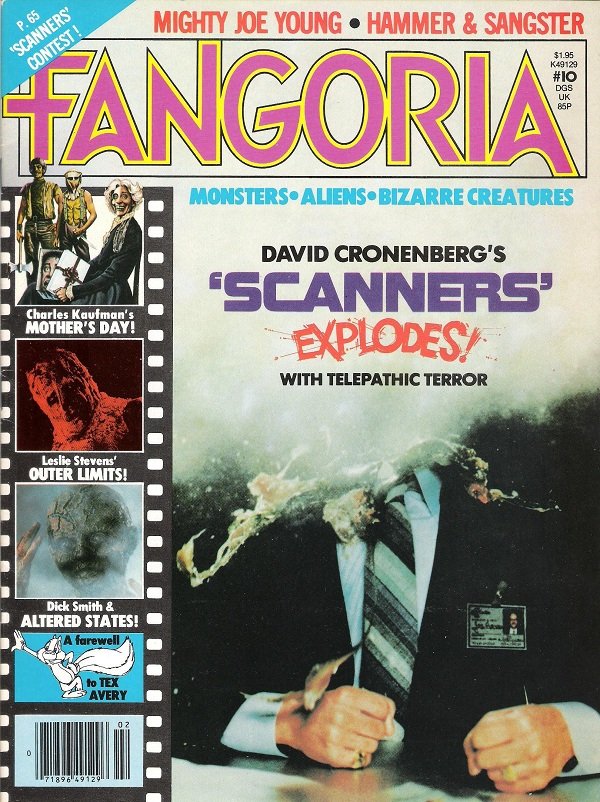 Issue #10 starts well for the horror fan with a brace of informative articles on then-current horror fare. Scanners is the cover story this time around and readers are treated to a typically intelligent interview with David Cronenberg, in which he discusses the film's rushed schedule and how the finale had to be reshot with new Dick Smith makeup effects to make it work. Cronenberg would later be more critical of the producers on this film but he's fairly diplomatic here. He also talks about his planned but never produced version Frankenstein (oh, what might have been...).Dick Smith is highlighted in an interview about his work on Altered States. It's a fascinating, stunningly candid piece in which he discusses the challenges of working on that troubled production, which was years in the making and involved a change of directors. Smith relates the challenges of working with
Issue #10 starts well for the horror fan with a brace of informative articles on then-current horror fare. Scanners is the cover story this time around and readers are treated to a typically intelligent interview with David Cronenberg, in which he discusses the film's rushed schedule and how the finale had to be reshot with new Dick Smith makeup effects to make it work. Cronenberg would later be more critical of the producers on this film but he's fairly diplomatic here. He also talks about his planned but never produced version Frankenstein (oh, what might have been...).Dick Smith is highlighted in an interview about his work on Altered States. It's a fascinating, stunningly candid piece in which he discusses the challenges of working on that troubled production, which was years in the making and involved a change of directors. Smith relates the challenges of working with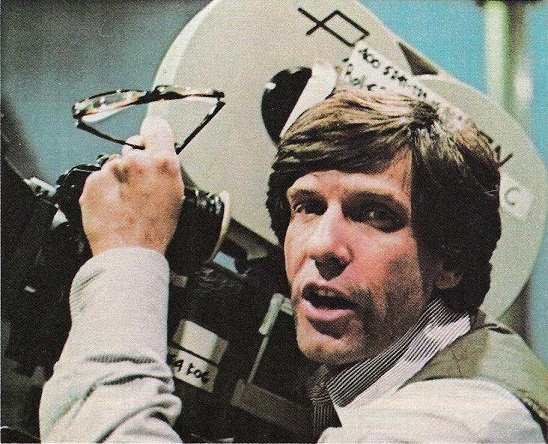 filmmakers who were constantly changing their minds and discusses the many rejected makeups he designed along the way.There's also a memorable interview with Charles Kaufman about the making of his black comedy/horror classic Mother's Day - a big highlight here is his discussion of the brave decision to release the film unrated, something that would never happen in this day and age. Vintage horror fans will be pleased by the first installment of a two-part interview with Jimmy Sangster in which he discusses his early days as a writer at Hammer Studios. It covers everything from the studio's first Dracula and Frankenstein films through hi
filmmakers who were constantly changing their minds and discusses the many rejected makeups he designed along the way.There's also a memorable interview with Charles Kaufman about the making of his black comedy/horror classic Mother's Day - a big highlight here is his discussion of the brave decision to release the film unrated, something that would never happen in this day and age. Vintage horror fans will be pleased by the first installment of a two-part interview with Jimmy Sangster in which he discusses his early days as a writer at Hammer Studios. It covers everything from the studio's first Dracula and Frankenstein films through hi s underrated directing debut, The Horror Of Frankenstein and Sangster discusses it all with deadpan wit and a lack of pretension.Beyond the aforementioned content, the content gets noticeably less horror oriented. Outer Limits producer Leslie Stevens returns for the second part of a chat about his t.v. career, including a discussion of his work on Battlestar Galactica and the Sheena: Queen Of The Jungle movie ( three years would pass before the latter film got made and Stevens only had co-story credit). There's also the long-delayed final part of a "Great Animated Apes" series focusing on M
s underrated directing debut, The Horror Of Frankenstein and Sangster discusses it all with deadpan wit and a lack of pretension.Beyond the aforementioned content, the content gets noticeably less horror oriented. Outer Limits producer Leslie Stevens returns for the second part of a chat about his t.v. career, including a discussion of his work on Battlestar Galactica and the Sheena: Queen Of The Jungle movie ( three years would pass before the latter film got made and Stevens only had co-story credit). There's also the long-delayed final part of a "Great Animated Apes" series focusing on M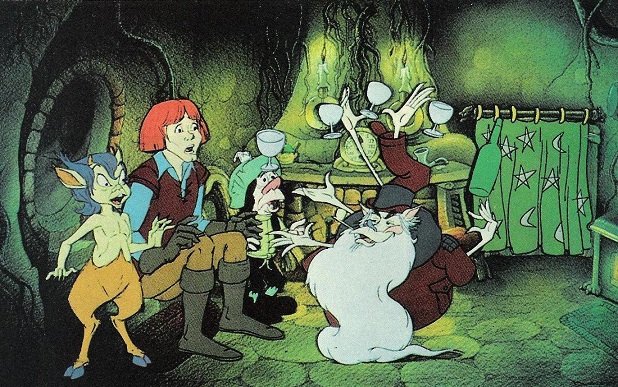 ighty Joe Young. It's a pretty good read, including some fascinating stuff about how Ray Harryhausen got his big break working on the film as a starry-eyed protege to Willis O'Brien.The remaining articles have even less to do with horror. A posthumous tribute to animator Tex Avery is well-written but feels like it waltzed in from a different magazine. Much less appetizing is a discussion of an animated t.v. special called Faeries. Simply put, this kin
ighty Joe Young. It's a pretty good read, including some fascinating stuff about how Ray Harryhausen got his big break working on the film as a starry-eyed protege to Willis O'Brien.The remaining articles have even less to do with horror. A posthumous tribute to animator Tex Avery is well-written but feels like it waltzed in from a different magazine. Much less appetizing is a discussion of an animated t.v. special called Faeries. Simply put, this kin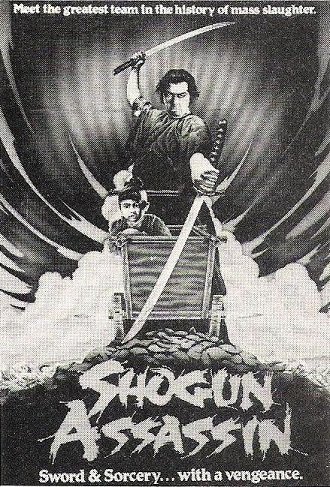 d of sub-Tolkien business is a painful read for anyone who bought the magazine for horror content. There is a disconnect between these two articles and the rest of the issue - and it feels like the publishers were either clearing the old-article decks or trying to fill space left by a lack of new horror articles.Thankfully, the issue closes on a fun note with its "Monster Invasion" news section, which has fun, early info-blurbs on films like Contamination, Shogun Assassin and Hell Night. However, the most fascinating info c
d of sub-Tolkien business is a painful read for anyone who bought the magazine for horror content. There is a disconnect between these two articles and the rest of the issue - and it feels like the publishers were either clearing the old-article decks or trying to fill space left by a lack of new horror articles.Thankfully, the issue closes on a fun note with its "Monster Invasion" news section, which has fun, early info-blurbs on films like Contamination, Shogun Assassin and Hell Night. However, the most fascinating info c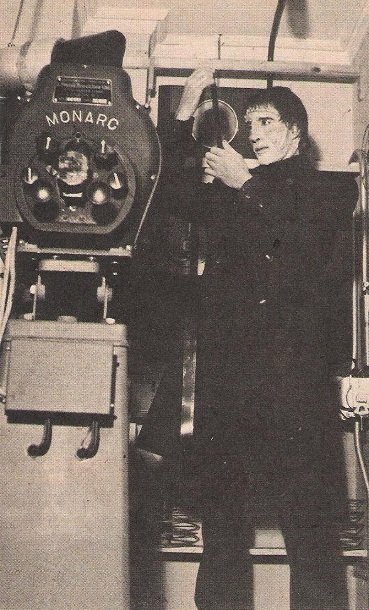 omes from a brief blurb on slasher New Year's Evil, in which writer/director Emmett Alston reveals he intended to make two other horror efforts: the first was X-Ray with Jill St. John (Boaz Davidson later made that film with Barbi Benton) and a never produced flick called Lover's Lane that would have starred Wayne Newton!Ultimately, Issue #10 of Fangoria remains worthwhile for horror fans because of the aforementioned strong horror-related articles - but it's also a reminder of the stumbles the magazine endured as it worked out the kinks and established its horror-driven identity.
omes from a brief blurb on slasher New Year's Evil, in which writer/director Emmett Alston reveals he intended to make two other horror efforts: the first was X-Ray with Jill St. John (Boaz Davidson later made that film with Barbi Benton) and a never produced flick called Lover's Lane that would have starred Wayne Newton!Ultimately, Issue #10 of Fangoria remains worthwhile for horror fans because of the aforementioned strong horror-related articles - but it's also a reminder of the stumbles the magazine endured as it worked out the kinks and established its horror-driven identity.


